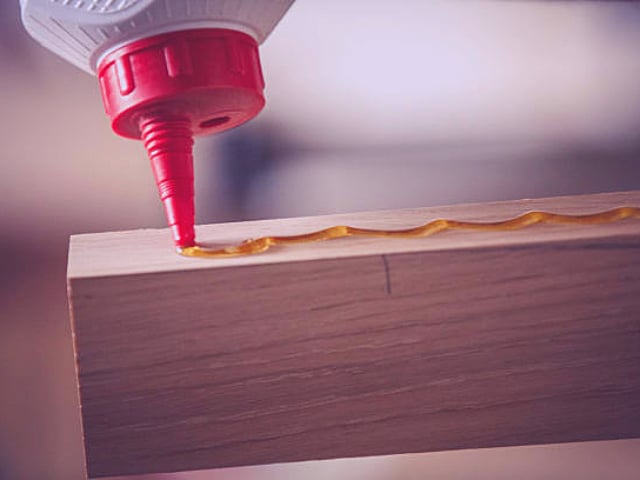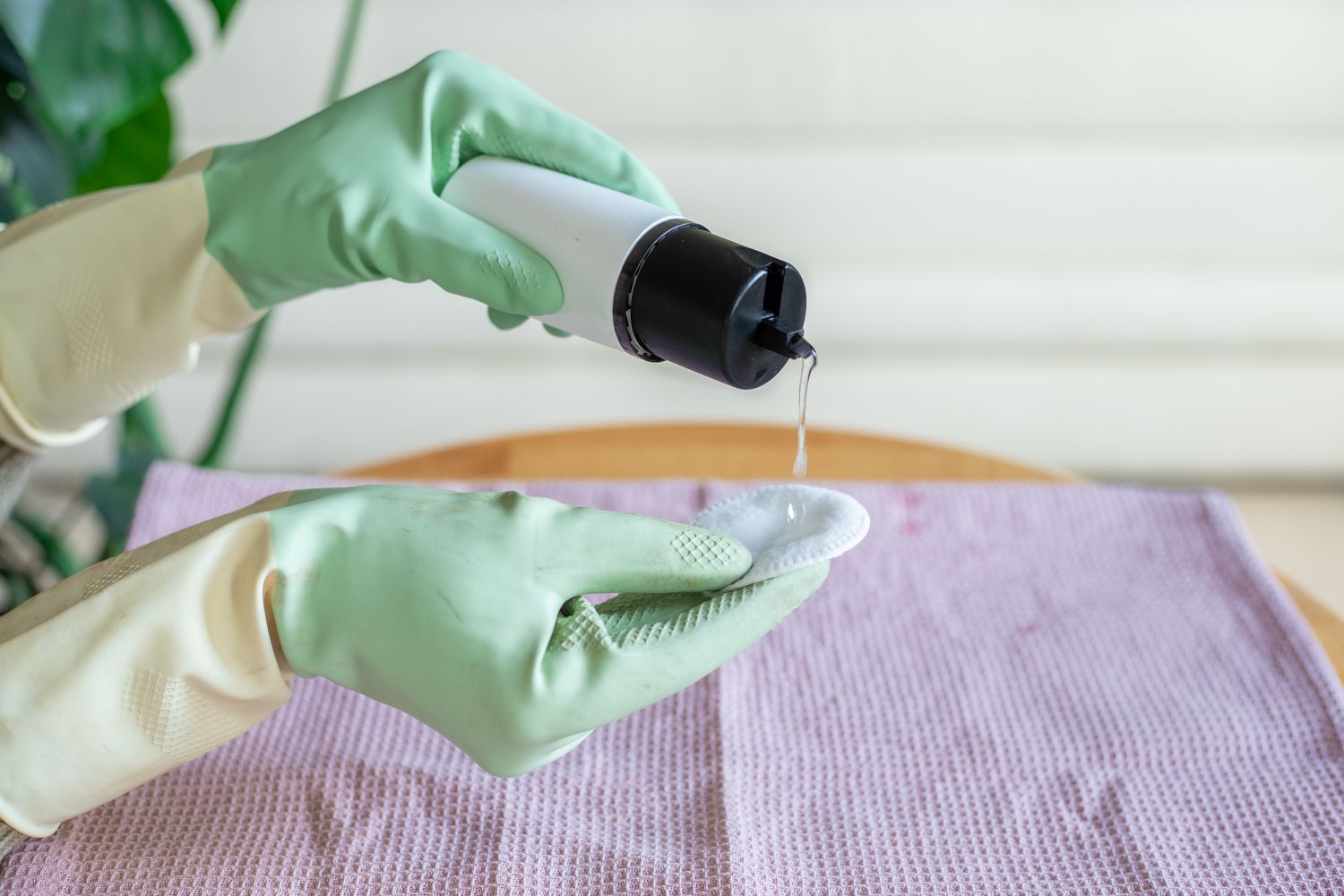Revolutionizing Manufacturing – Glue Bonds Plastics with Unprecedented Strength
In the ever-evolving landscape of manufacturing, advancements in materials science continually push the boundaries of what is possible. One such breakthrough has come in the form of a revolutionary adhesive that promises to transform how plastics are bonded together. Traditionally, bonding plastics has been a challenge due to their smooth surfaces and chemical composition, which often resist adhesion. However, researchers have now developed glue that not only overcomes these hurdles but also provides unprecedented strength and durability.
The Science Behind the Innovation
At the heart of this innovation lies a sophisticated understanding of chemical interactions at the molecular level. The new adhesive is designed to create strong bonds by forming molecular bridges between the surfaces of plastic materials. Unlike conventional adhesives that rely on surface roughening or chemical treatments for adhesion, this glue utilizes a novel formulation that interacts directly with the polymer chains in plastics. This approach not only enhances bonding strength but also ensures greater reliability under various environmental conditions, including temperature extremes and exposure to moisture.
Applications Across Industries
The implications of this breakthrough extend far beyond the laboratory. Manufacturers across industries such as automotive, aerospace, electronics, and consumer goods are eagerly exploring its potential. In automotive manufacturing, for instance, where lightweight yet strong materials are crucial for fuel efficiency and performance, this adhesive could enable the creation of lighter, more efficient vehicles without compromising safety or durability. Similarly, in electronics, where miniaturization demands precise and reliable bonding of components, the adhesive offers a promising solution to enhance product reliability and longevity.
Environmental and Economic Benefits
Beyond its technical advantages of Glue For Plastic, the new adhesive also promises significant environmental and economic benefits. By enabling the use of lighter materials in manufacturing, it can contribute to reductions in fuel consumption and greenhouse gas emissions in transportation sectors. Moreover, its efficient application and durability reduce material waste and maintenance costs, making it a sustainable choice for industries striving to minimize their environmental footprint and operational expenses.

Challenges and Future Directions
Despite its promise, the widespread adoption of this adhesive faces challenges. Scaling up production to meet industrial demands while maintaining quality standards is a critical hurdle that researchers and manufacturers must address. Additionally, further research is needed to optimize the adhesive’s performance with different types of plastics and under varying operational conditions. Innovations in nanotechnology and materials engineering are expected to play a crucial role in overcoming these challenges and unlocking new applications for the adhesive in the future.
In conclusion, the development of this advanced adhesive marks a significant milestone in the field of materials science and manufacturing. By offering unprecedented strength and versatility in bonding plastics, it opens doors to new possibilities for product design, efficiency improvements, and sustainability across industries. As researchers continue to refine its formulation and explore its potential applications, the adhesive is poised to revolutionize manufacturing practices and contribute to a more innovative and sustainable industrial landscape.

